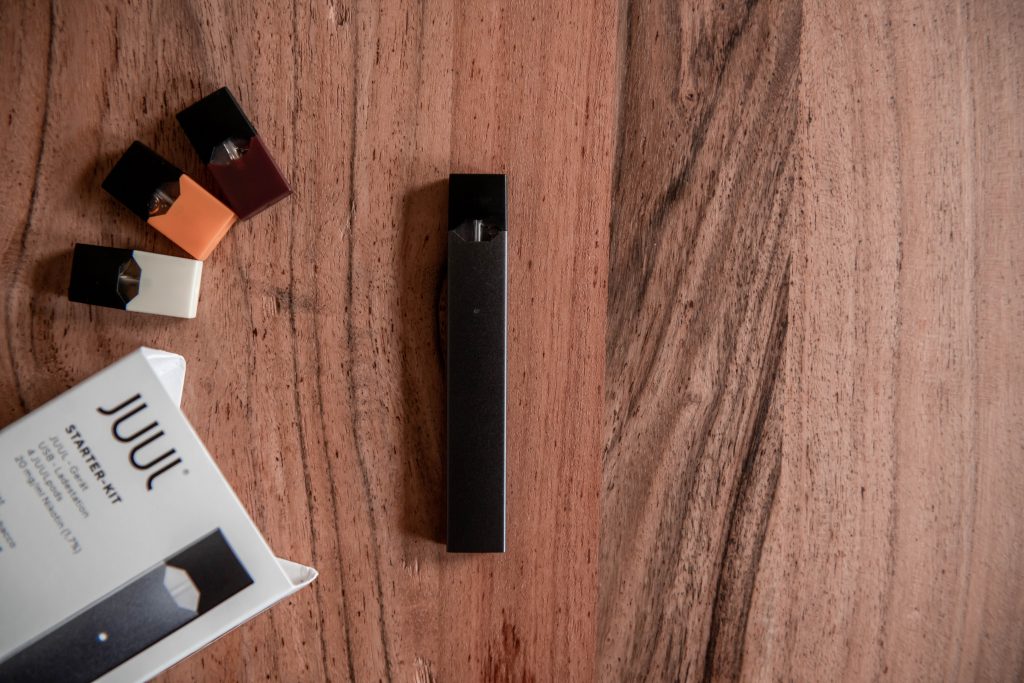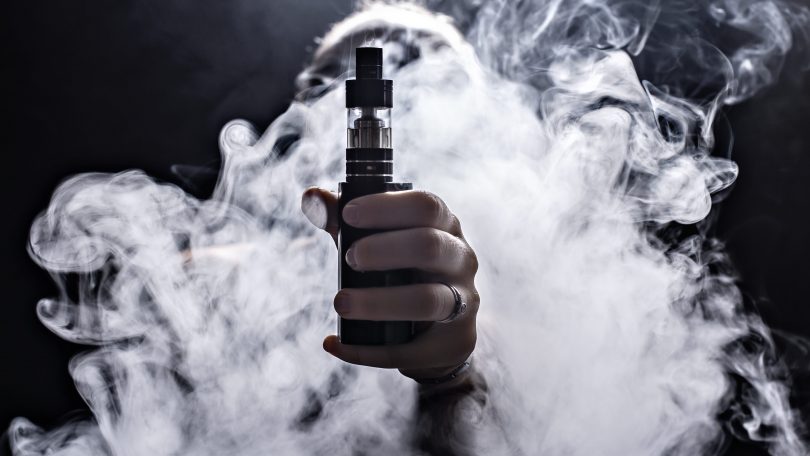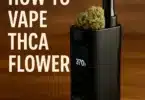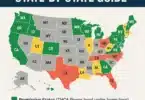If you follow any news source or social media outlet, you’re likely aware that there’s been a lot of fear and backlash towards the vaping industry in recent weeks.
So far, hundreds of people in the U.S. – mostly between the ages of 18-29 – have been hospitalized and more than a half-dozen are dead as a result of what’s believed to be acute-onset, vaping-related lung disease. But how did this epidemic seemingly happen overnight and what’s being done to remedy the situation?
In short, it’s complicated and there is a lot of misinformation floating around and leaving consumers unsure of what’s been causing these illnesses, if it’s even true or some type of conspiracy, and ultimately, whether or not they’re safe to continue vaping.
What is Causing These Hospitalizations?
The answer to this question really depends on who you ask, but let’s take a look at the facts we have at hand. A couple of weeks ago, we reported on a discovery out of New York claiming that vitamin E acetate in bootleg THC-vape cartridges might be to blame. Vitamin E, which is safe when applied topically or ingested, becomes dangerous when vaporized.
Another more recent investigation found synthetic cannabis compounds, like K2 for example. Laboratory testing of 30 suspicious CBD vape products revealed that 1/3 of the samples had synthetic cannabinoids added, while others had no CBD whatsoever.
There is also the theory that these illnesses are related to additives in certain flavors, or simply the combination of chemicals in certain vape cartridges just don’t mix well together under high temperatures.
Honestly, all of these ideas are entirely plausible and it’s likely that there isn’t one specific culprit behind the epidemic but rather, a combination of factors. When you really look at it, there still is little rhyme or reason to this considering a variety of products were involved – both THC and CBD vape cartridges, as well as E-cigarettes.
How This Happen So Suddenly?
People have been vaping for the better part of the last decade, so now, many are wondering exactly how this issue came about, seemingly out of nowhere. Is it honestly something new and random? Is it something that’s been going on for a long time and we just weren’t aware? Or can it be some sort of scheme by big tobacco to push their largest competitor under water?
Okay so that last one might be a bit far-fetched (especially since big tobacco owns many of the vaping companies anyway), but that doesn’t negate the fact that this sudden onset of illness is definitely mysterious in nature. Again, theories abound but there is no clear-cut answer on how we got to this point where the vaping industry is on the verge of imploding.
Officials from both the CDC and the FDA stopped short of pointing the finger at any individual cause, and they emphasized that they really don’t know what exactly is going on yet. “I’d like to stress how challenging this situation is,” said Anne Schuchat, principal deputy director at CDC. Patients have been exposed to a variety of products and e-liquids, sometimes don’t remember what they used, or are reluctant or too ill to say. “I wish we had more answers,” Schuchat added.
Dr. Scott Gottlieb, the former FDA commissioner, said he suspected a link to illegal compounds because there were no wide scale changes to the ingredient lists of many manufacturers. “It’s probably something new that has been introduced into the market by an illegal manufacturer, either a new flavor or a new way to emulsify THC that is causing these injuries,” he said.
Gottlieb’s sentiments were echoed by Marielle Weintraub, president of the U.S. Hemp Authority who pointed out the strong financial incentive that exists in this industry to cut corners and use cheap ingredients.
“People have started to see the market grow and there are some fly-by-night companies trying to make a quick buck,” Weintraub told the NY Times. “One website advertises synthetic marijuana for as little as $25 per pound — the same amount of natural CBD costs hundreds or even thousands of dollars.”
What is Being Done to Protect Consumers?
Lawmakers are politicians are rushing to implement new regulations that might help keep consumers safe as they work to figure out all the details of this situation. First was Michigan and New York state, both of which have implemented an emergency ban on all flavored cigarettes and vaping products. Retailers were given two weeks to remove all inventory from store shelves. Next was Massachusetts, where a four-month ban was approved yesterday after Gov. Charlie Baker declared a public emergency.

Juul pods have been under fire for some time and facing more action in the upcoming months
In a surprising move, California has yet to implement any kind of ban (aside from San Francisco, where Juul e-cigs were banned earlier this year for unrelated reasons). Instead, Gov. Gavin Newsom put in a executive order requiring the California Department of Public Health to launch a $20 million advertising campaign to warn residents about the dangers of vaping. He also will direct the “California tax collection department to step up enforcement of existing fees and regulations of electronic cigarettes.”
It’s basically the longer, more expensive, roundabout way of slowly introducing a ban that will likely come sometime next year. And many other states will follow suit, not necessarily banning vape products all together, but taking a closer look at current regulations and tightening everything up.
President Donald Trump also announced that his administration is working with the FDA to ban thousands of e-cigarette flavors, especially those marketed to and preferred by children. As of now, no specific devices, cartridges, or ingredients have been mentioned.
Even other countries are taking a closer look at the dangers of vaping, and they’re acting now to prevent a situation like the one in the states. In Israel, the Ministry of Health already banned Juul pods over 1 year ago, but starting yesterday, all flavored e-cigarette cartridges and vape products are also prohibited in the small Middle Eastern nation. China also halted sales of Juul pods just days after their new product launch.
While most people are in agreeance with the increased regulation, there are naturally some who are in opposition. There are multiple petitions and meetups scheduled to reject what they view as government overreach. One took place yesterday evening in Los Angeles, CA.
Final Thoughts
If you’ve managed to stick around to the end of this post, kudos to you; you’re now fully caught up with the U.S. (and now global) vaping situation. It’s frustrating, complicated, and still far from being resolved. Researchers and lawmakers will continue to examine all possibilities, so you can expect increased regulations in the near future.
Check back with us for more updates as this is a developing story.








Has anyone asked, (maybe this is already clear and I just haven’t found out yet?), but how in the world have children been able to purchase anything in the smoking isle? Shouldn’t that be the question, as isn’t it 18 or 21 years of age to buy anything smoke-able? Everywhere?